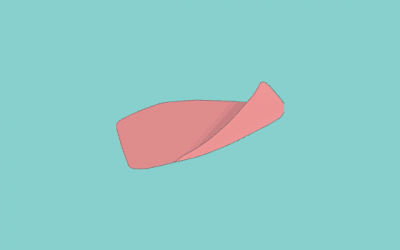Professional Publications
What do Clinicians want from an sEMG web portal?
Summary In this study, we asked S-LPs working with dysphagia patients in various facilities to tell us what they would like to see in a clinician web portal that would allow remote monitoring and management of patients completing dysphagia exercises at home with...
Adherence to Home-Based Swallowing Therapy
In this article, we sent patients home with our Minimum Viable Product (MVP) of Mobili-T. We were interested in what adherence to home-based dysphagia exercise was when using a mobile health system that also provides biofeedback. We found that adherence over a 6 week...
Usability Testing of a mHealth System for Swallowing Therapy in Patients Following Stroke
In this study, we wanted to see if patients with a history of stroke could use the Mobili-T system. The study methods are similar to those previously used in our earlier usability study with patients with a history of head and neck cancer. We found that, depending on...
Usability testing
In this study, we wanted to know how easy it was for patients to work with the Mobili-T® app. We also wanted to know how satisfied they were with navigating the app. This study helped the team identify issues that needed to be addressed before sending patients home...
Flow and Grit
In this paper, we provide a viewpoint on how gamified health apps can enhance exercise adherence. Abstract Purpose: Delivery of swallowing therapy is faced with challenges regarding access to in-clinic services and adherence to prescribed home programs. Mobile...
Epidermal electronics
We partnered with our collaborators in materials engineering to determine if the Mobili-T® hardware could be miniaturized even more. In this study, we evaluated a surface electromyography sensor that was as thin as a Band-Aid. This was tested in one healthy...
Evaluation of an automated swallow-detection algorithm
Our team created a way for the Mobili-T® to detect when a patient's swallowing muscles contract. This is known as an automated swallow-detection algorithm. This algorithm makes sure that signals arising from swallow or swallow-like exercises are reinforced, while...
Skin Adhesives for the Mobili-T®
Being able to comfortably attach the Mobili-T® under the chin was a primary concern for us. In this study, we tested several different adhesives to see how well they might stick to the skin. We also wanted to see which ones could be washed and re-used. View...
Needs assessment
In this short paper, we presented some of our first ideas about the Mobili-T®. These ideas came from the clinical needs that were first identified by our team. Abstract Swallowing impairments, or dysphagia, can lead to serious health problems and psychosocial...
Selecting the best surface sensor
This study compared two surface sensors: one that detects the electrical activity of a muscle ( surface electromyography) and one that detects muscle vibration (mechanomyography). We wanted to know which one would be best to use in the Mobili-T®. We compared...
Cultural Probe
In this study, we wanted to get to know our patients better, not just from a medical point of view, but from a personal one as well. We used a research approach called a Cultural Probe. This approach helped us to understand our end users and inform the design of app....
Using patient input to inform software design
People with a history of head and neck cancer were interviewed so that we could understand what had helped them complete therapy at home in the past. Then, we asked them what design concepts they would like to see in the Mobili-T® app. The information gained from this...












